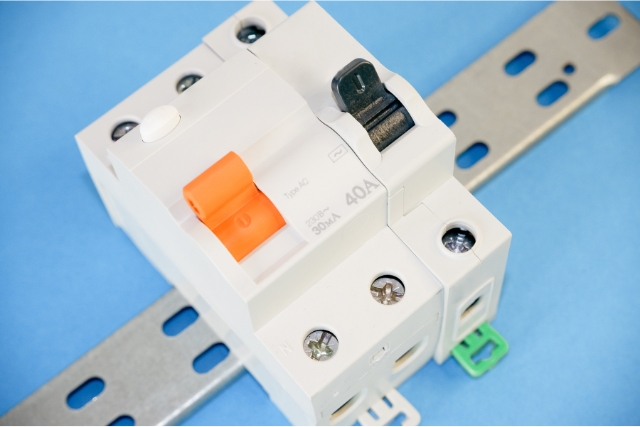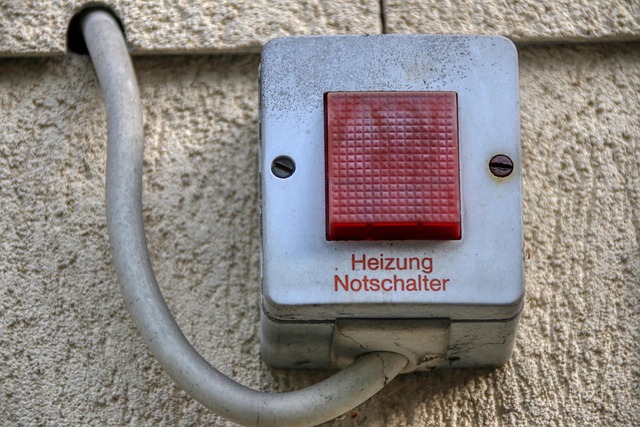The residual current device (RCD) is essential in all modern electrical installations. Its main function…

Switch vs. Push Button: What’s the difference?
In the world of electrical and electronic devices, there are components whose differences seem minimal at first glance, but whose function is decisive for the operation of any system. One of the most common cases is that of a switch versus a pushbutton. Although both devices allow an electrical circuit to be opened or closed, their behavior in an installation, as well as their uses, are very different. An incorrect choice can not only lead to malfunctions, but also safety issues or even serial failures.
What makes the two different? Throughout this article, we explore this point with a technical perspective applied to the professional environment.
Switch versus pushbutton: what are their differences?
The essential difference between a switch and a pushbutton lies in their actuation mechanism. A switch is a permanently actuated mechanical device that remains in the position in which it is placed by the user. That is, if it is activated to close the circuit, it will remain closed until its position is manually changed. The circuit remains in the “on” or “off” state until further intervention.
In contrast, the push button has momentary behavior. Its contact only remains active while the user presses it. Once the pressure is released, the contact automatically returns to its original state. This function is ideal for applications requiring a brief, controlled signal.
When is one or the other appropriate in domestic installations?
For any engineer or integrator designing domestic or industrial electrical installations, choosing between a push button or a switch is key. The function of the device within the system will determine its suitability.
In traditional residential lighting applications, switches are most commonly found. Their ability to keep the current on or off until further notice makes them the most practical solution for controlling light points. However, in more advanced installations with home automation or automation systems, push buttons can play a more relevant role, as they can activate relays, contactors, or programmable logic controllers (PLCs) that manage the on and off switch without the need for physical interlocking.
On the other hand, the push button in installations is the standard device in doorbells, intercoms, alarms, or access systems. This is because these functions require a specific signal: activating a sound, triggering a signal, or generating a specific event.
In more technical environments, such as electronic equipment manufacturers, push buttons are used for commands that do not need to be kept active, such as activating a test, restarting a system, or switching between modes. Their durability and reliability under repeated actions make them a basic component in human-machine interfaces.
Choosing the Right Component Optimizes the Installation
A thorough understanding of the differences between switches and push buttons allows for the design of more efficient, safer systems tailored to their actual functionality. The push button in installations is not just a button, but a precision tool that, when properly integrated, can provide considerable added value in terms of automation, ergonomics, and operational reliability.
At M2B Technologies, we know that behind every component lies a technical decision that can make a difference in the final result. That’s why we design and manufacture solutions tailored to the real needs of the professional electrical and electronics market.



